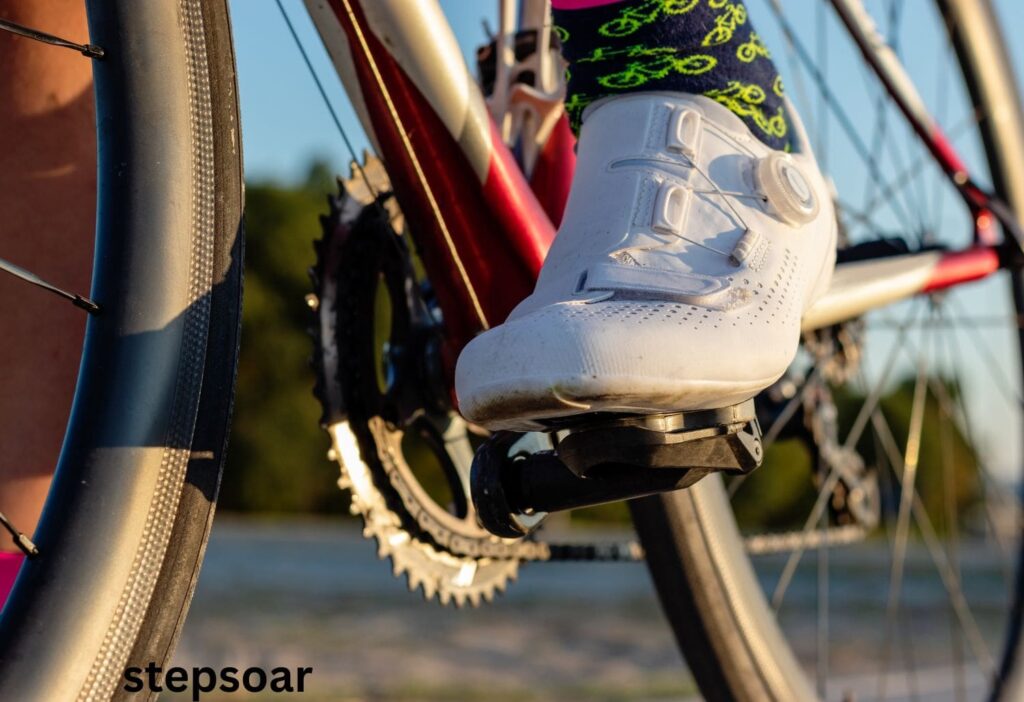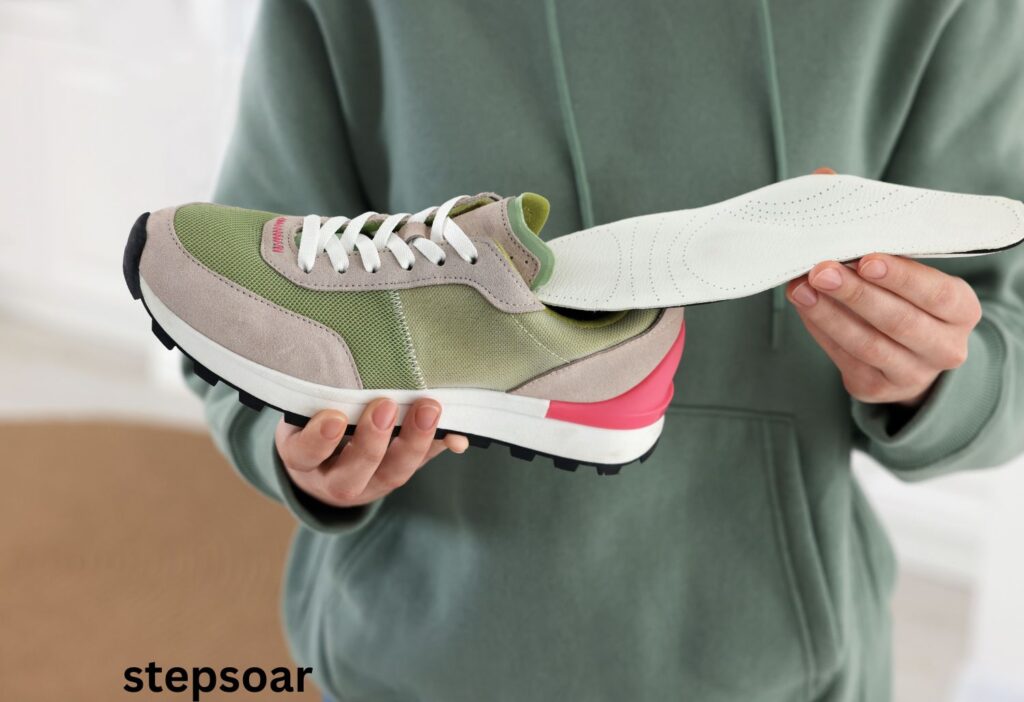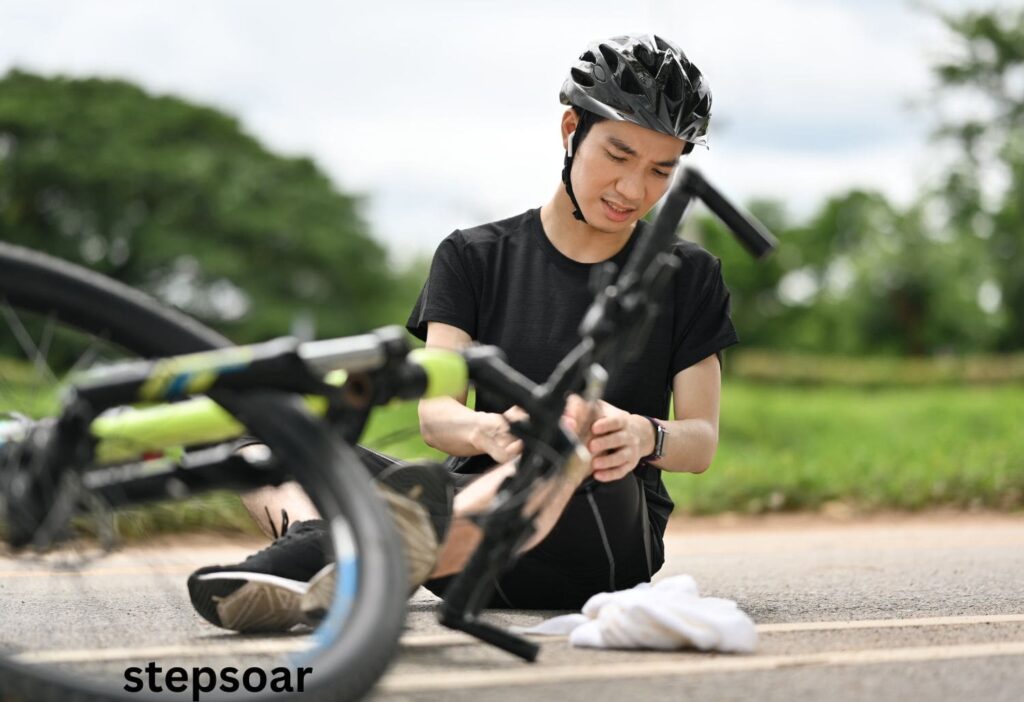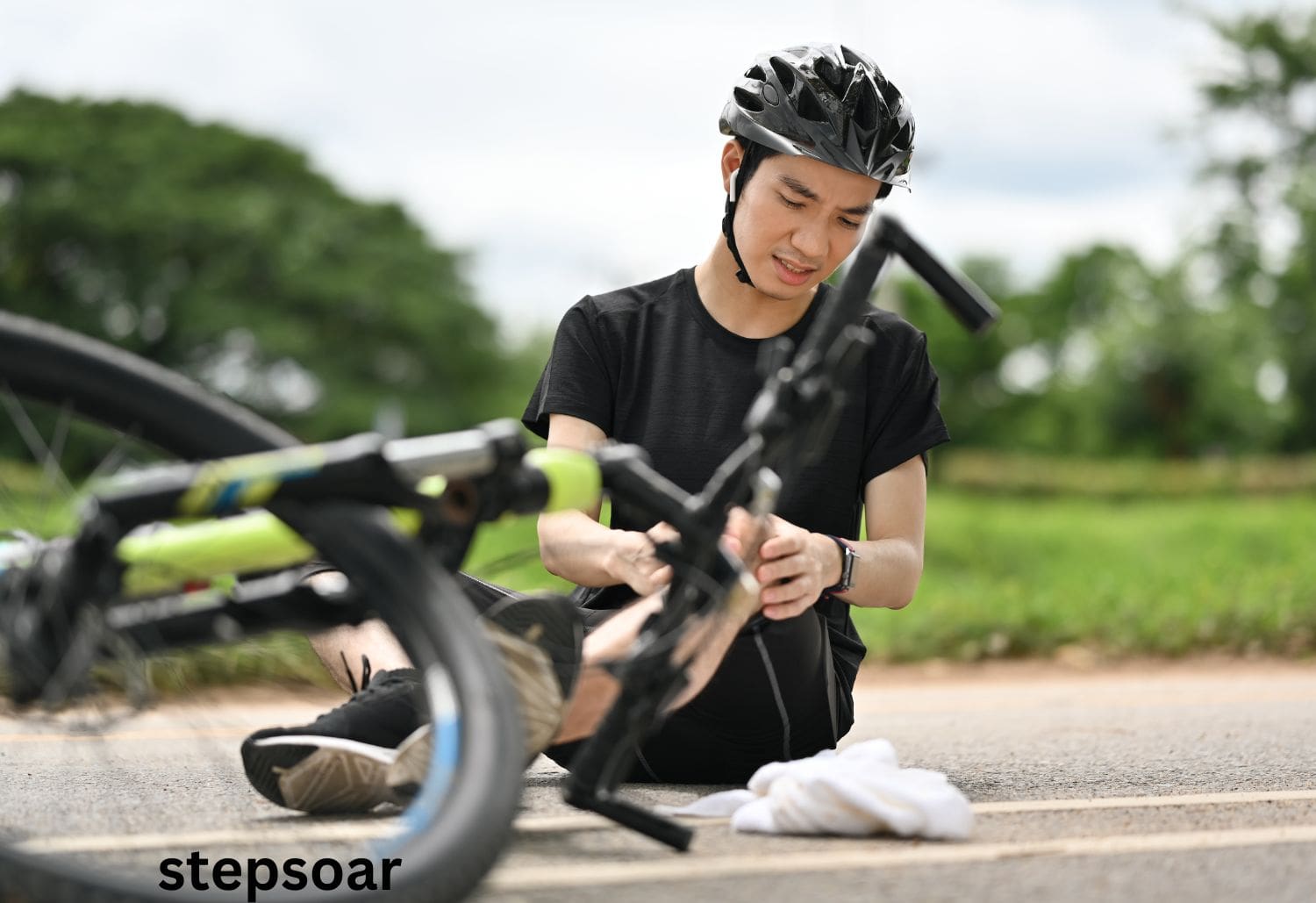Cycling is an interesting interest that gives every fitness benefit and a risk to discover lovely landscapes. To enjoy your rides, ensuring your gear, especially your cycling shoes and insoles, is in good shape is essential.

Understanding The Main Role of Insoles
Cycling shoe insoles are essential in providing consolation, aid, and balance. They help soak up surprise, beautify foot alignment, and ensure green strength switches from your legs to the pedals. Over time, however, insoles can put out, losing their cushioning and manual, negatively affecting your performance and luxury.

Signs You Need to Replace Insoles
So, how do you know when to update your cycling shoe insoles? Here are some key indicators:
- Visible Wear and Tear: Check for cracks, tears, or thinning regions on the insole. If they appear worn out, it’s time for an exchange.
- Loss of Cushioning: If you start feeling pain or increased stress to your toes while cycling, your insoles might also have misplaced their surprise-soaking-up potential.
- Foul Odor: Over time, insoles can acquire bacteria and odours. If your insoles smell unpleasant, it can be time to update them.
- Foot Pain: If you experience foot ache or soreness that wasn’t present earlier, it could suggest that your insoles are not presenting adequate aid.
- Change in Cycling Habits: If you have altered your cycling habits—like increasing your mileage or frequency—your insoles may also need to be replaced sooner to match your new needs.

General Replacement Guidelines
As a well-known rule of thumb, recollect changing your biking shoe insoles every 6 to three hundred sixty-five days, depending on usage. If you’re a common bike owner who rides several times weekly, you might desire new insoles towards the 6-month mark. Conversely, if you cycle much less regularly, your insoles may additionally last longer.
Factors Influencing Insole Longevity
- Frequency of Use: The more you trip, the quicker your insoles will wear out.
- Terrain: Riding on difficult terrain may additionally cause greater wear for your insoles than smooth paths.
- Weight and Foot Structure: Heavier riders or people with precise foot troubles may additionally discover that their insoles deteriorate quickly.
FAQs: Cycling Shoe Insoles
Q: How regularly do I need to replace my biking shoe insoles?
A: It’s commonly advocated to replace your cycling shoe insoles every 6-three hundred and sixty-five days, or quicker if you word sizable put on and tear or soreness. The replacement frequency will depend on elements, including the intensity of your biking, the terrain you experience, and the first-rate insoles.
Q: Can I wash my cycling shoe insoles?
A: Yes, you can wash your cycling shoe insoles. However, it’s essential to check the producer’s instructions first. Generally, you can hand wash them with moderate soap and water and then air dry them. Avoid harsh chemicals or machine washing, as this may harm the insoles.
Q: What are the signs and symptoms I need to update my cycling shoe insoles?
A: Here are a few symptoms that your cycling shoe insoles may additionally want to be replaced:
- Visible put-on and tear, which includes cracks, tears, or thinning
- Loss of cushioning or aid
- Discomfort or pain at some point in biking
- Foul smell
Q: Can I use going-for-wal shoe insoles in my cycling shoes?
A: While it’s possible to apply walking shoe insoles to biking footwear, it still needs to be recommended. Cycling footwear has specific necessities, such as stiffness and cleat compatibility, that might need to be met with jogging shoe insoles. It’s first-class to apply insoles mainly designed for biking footwear.
Q: How do I pick out the proper cycling shoe insoles?
A: When selecting biking shoe insoles, bear in mind the following factors:
- Arch assist: Choose insoles with an ok arch to prevent foot aches and improve the electricity switch.
- Cushioning: Look for insoles with accurate cushioning to take in shock and decrease vibration.
- Material: Opt for breathable and moisture-wicking substances to hold your toes dry and comfy.
- Cleat alignment: Ensure the insoles are well-matched along with your cleat position to optimize the electricity switch.
- Consult an expert: If you have particular foot issues or worries, visit a podiatrist or bike fitter for personalized advice.

Choosing the Right Replacement Insoles
When updating your insoles, consider investing in fantastic options that cater to your precise wishes; look for insoles that provide:
- Cushioning: Good surprise absorption allows for reduced fatigue in the course of lengthy rides.
- Arch Support: Proper arch assist can improve comfort and prevent injuries.
- Moisture-Wicking Materials: These can help keep your feet dry and scent-unfastened.
Do Running Insoles Make a Difference in Your Runs?
Consult a Professional
If you are unsure which insoles to choose, remember to consult a cycling expert or a podiatrist. They can offer insights tailored to your foot type and biking habits.
Factors Affecting Insole Lifespan
| Factor | Impact on Insole Lifespan |
|---|---|
| Frequency of Use | More frequent use leads to faster wear and tear. |
| Intensity of Use | High-intensity activities like mountain biking or cyclocross can accelerate wear. |
| Terrain | Rough terrain can put extra stress on insoles, reducing their lifespan. |
| Rider’s Weight | Heavier riders may put more stress on insoles, leading to faster wear. |
| Climate and Weather Conditions | Exposure to moisture and extreme temperatures can affect the durability of insoles. |
| Quality of the Insoles | Higher-quality insoles tend to last longer than cheaper options. |
| Proper Care and Maintenance | Regular cleaning and drying can extend the life of insoles. |
Conclusion
In summary, frequently replacing your cycling shoe insoles is important for maintaining comfort and overall ride performance. Watch out for symptoms of wear and tear, and concentrate on your body for any discomfort. By staying proactive about your equipment, you’ll have a more fun and effective cycling experience.
Happy cycling!

